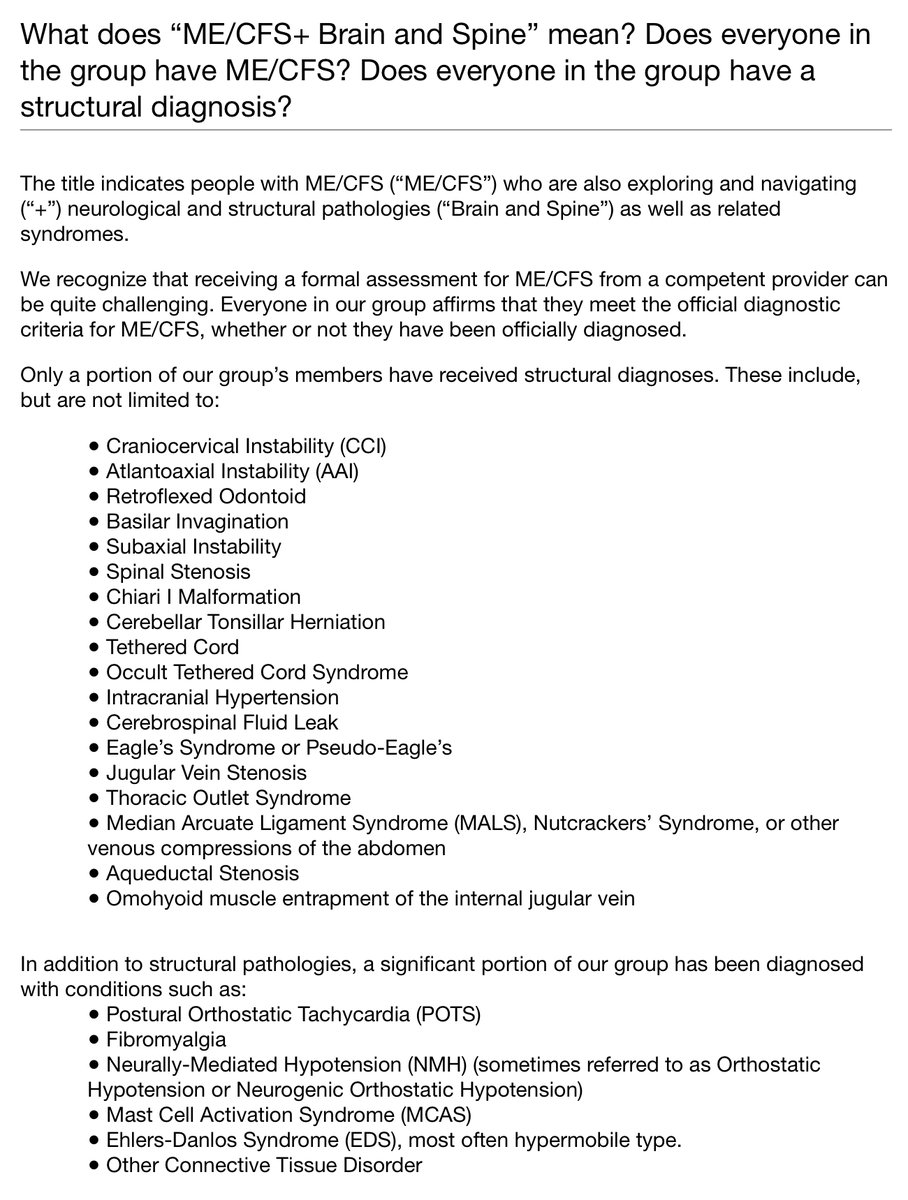
A little at a loss for words. I don’t disagree with everything she is saying—it’s important to recognize that hypermobility is a widespread trait in the population and doesn’t necessarily mean disability—but ppl w/ EDS see these traits all around them. 

If these associations haven’t been well-established in the literature, perhaps that’s important work to fund?
Hoping @exceedhergrasp1 that your work can touch on this.
Hoping @exceedhergrasp1 that your work can touch on this.
Talk on #hEDS, FII, and child abuse, taking a critical eye toward how hEDS diagnosis in kids may be being used to shelter abusive parents from child protection proceedings:
I’m confused about this and sharing as a bit of an outsider. I remember meeting a woman with #hEDS at a private Academy/BAFTA screening of @unrestfilm in the UK. She told me that a lot of EDS families were getting caught up in child protection proceedings.
With parents being accused of abuse. What she described sounded so similar to what children and young adults with ME in the UK often face.
Is there really an epidemic in the UK of abusive parents using #hEDS as cover with the complicity of unsuspecting GPs?
• • •
Missing some Tweet in this thread? You can try to
force a refresh



